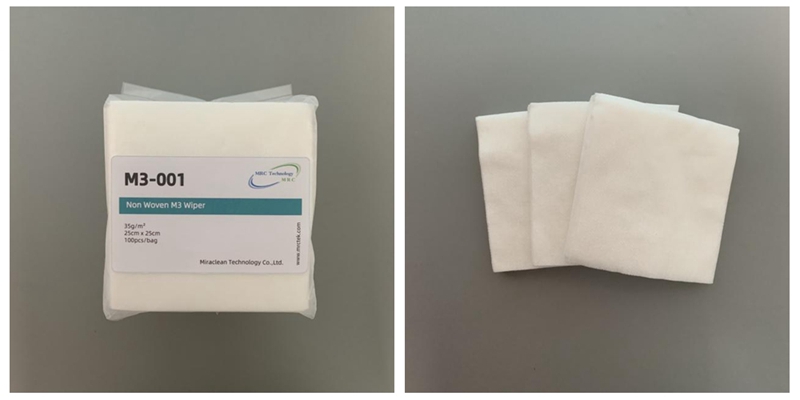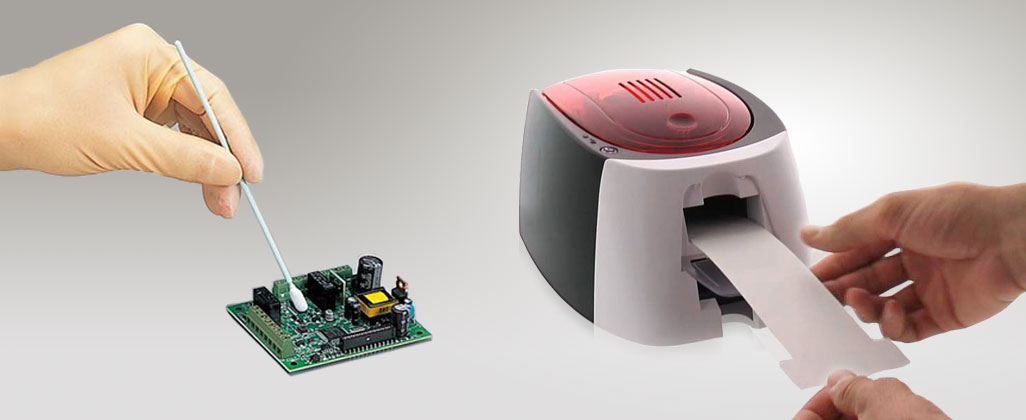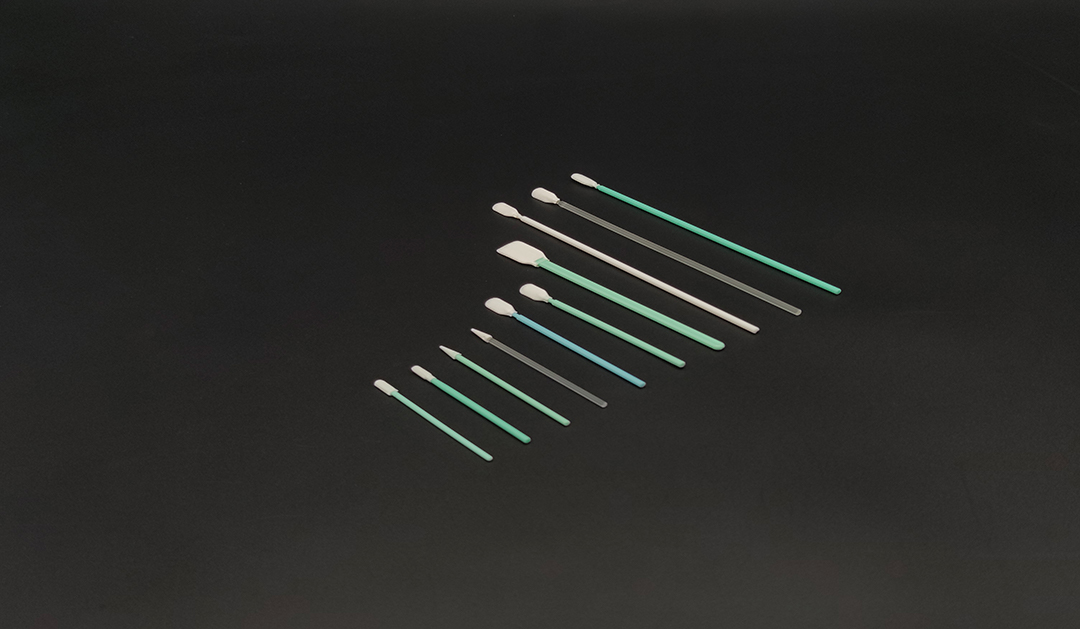Dust-free paper, also known as dry papeer nonwovens, is different from dust-free cloth. Dust-free fabric is a common fibel which is a % of single-ply polyester fiber, and microfiber which is 75% polyester plus 25% nylon. Miraclean Cleanroom Wipes are divided into polyester fiber wipes and ron-woven wipes.Our Nonwoven M3 Wipes is Made of 30% Rayon fabric and 70% gelatin quarter-folded.
Dust-free paper is a dry nonwoven fabric. With unique physical properties such as high elasticity, softness, good feel and drapability, high water absorpttion and good water retention, Sootfree paper is widely used in sanitary care products, special medicalsupplies, industrial wiping supplies and other fields.
Two main features of dust-free paper:
First, the raw material is wood pulp fiber; the second is the use of airlaid technology.
The production process of nonwovens mainly includes two processes of web formation and reinforcement. Chemical bonding and thermal bonding are mainly used in the production of drylaid nonwovens. According to the different reinforcement processes, the raw materials and uses are also different, which are introduced separately below. Chemical bonding method The chemical bonding method uses 100% wood pulp fiber (fluff pulp) as raw material.
After the fibers in the single fiber state are air-laid, the water-soluble adhesive is sprayed on the surface of the fiber web by spraying method, and then baked to strengthen it into cloth. The products are mainly used in industrial wipes, feminine hygiene products, baby wipes, tablecloths, wet wipes and cooking cloths, etc. two. Hot-bonding method The hot-bonding method is to mix hot-melt fibers into fluff pulp fibers, and the mixing ratio is generally not less than 15%.
After air laying, the low-melting fibers in the web are melted by hot air or hot calendering to reinforce the web into a cloth. Thermally bonded nonwovens have better bulk and moisture absorption because they do not contain chemical binders. Mainly used as absorbent cores for highly absorbent sanitary products and thin sanitary napkins for women.
For this purpose, some production lines are equipped with SAP powder application units. Due to the addition of polymer water-absorbing resin, water can become solid after absorbing water, which greatly improves its water-absorbing capacity.
To sum up, although dust-free paper is called paper, it is essentially non-woven.


